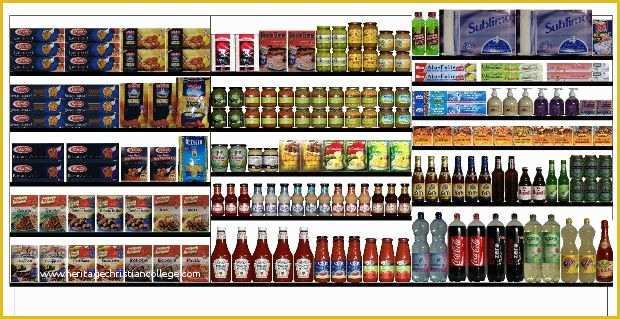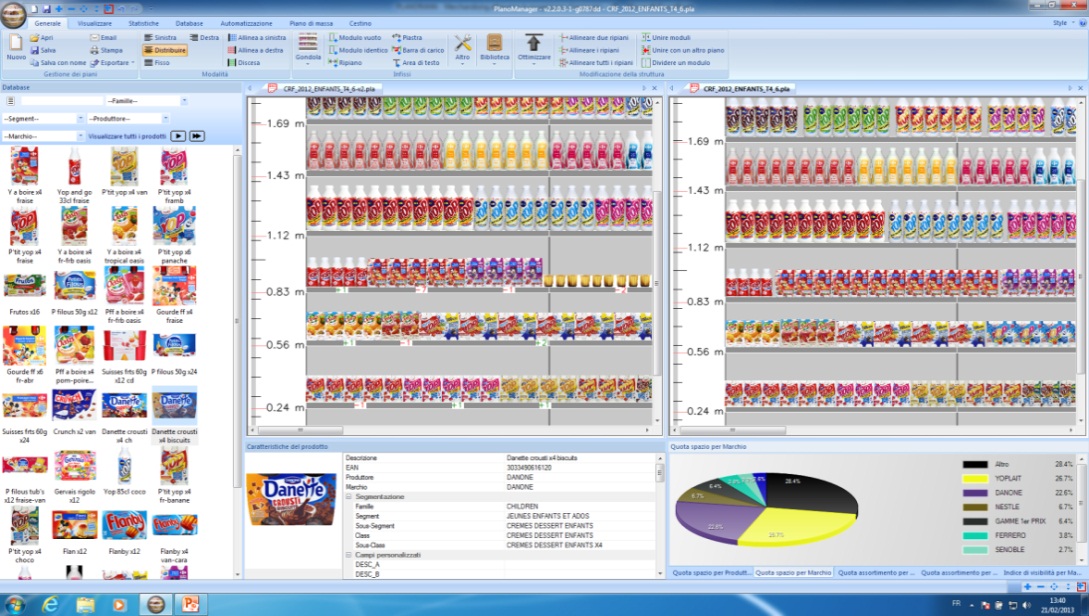

The rules and theories for creating planograms are set under the terms of merchandising. A planogram defines the location and quantity of products to be placed on display. Planograms are predominantly used in retail businesses. They are considered a tool for visual merchandising. Since the data is now in the Cloud, brand and merchandising managers at centralized offices can also generate their own reports containing their specific parameters and metrics, and supply their businesses the up-to-date information necessary for calculated strategic decision-making.Planograms, also known as planograms, plan-o-grams, schematics and POGs, are visual representations of a store’s products or services on display. Management just needs to supply sample shelf pictures to the VisitBasis team so they can “train” the neural network within the retail audit mobile app to recognize the company’s products.Īfter it has been configured, performing retail planogram compliance checks via BrandML becomes incredibly easy: Reps just need to take pictures of supermarket shelves and the system will deliver metrics such as share of shelf, out-of-stocks, competitor information, and more. It might seem that BrandML technology is out-of-reach for most smaller and medium-sized manufacturers and distributors, but it actually is cost-effective and also easy to implement.



Now VisitBasis has developed BrandML, its own image recognition technology implemented in the retail audit mobile app. Retail planogram compliance checks via BrandML extract data from pictures through an artificial intelligence neural network and automatically generate KPI reports. It allows field reps to use their own mobile devices to fill in audit forms and checklists. VisitBasis is the go-to retail audit mobile app for CPG manufacturers and distributors when it comes to planning and scheduling retail planogram compliance checks.


 0 kommentar(er)
0 kommentar(er)
